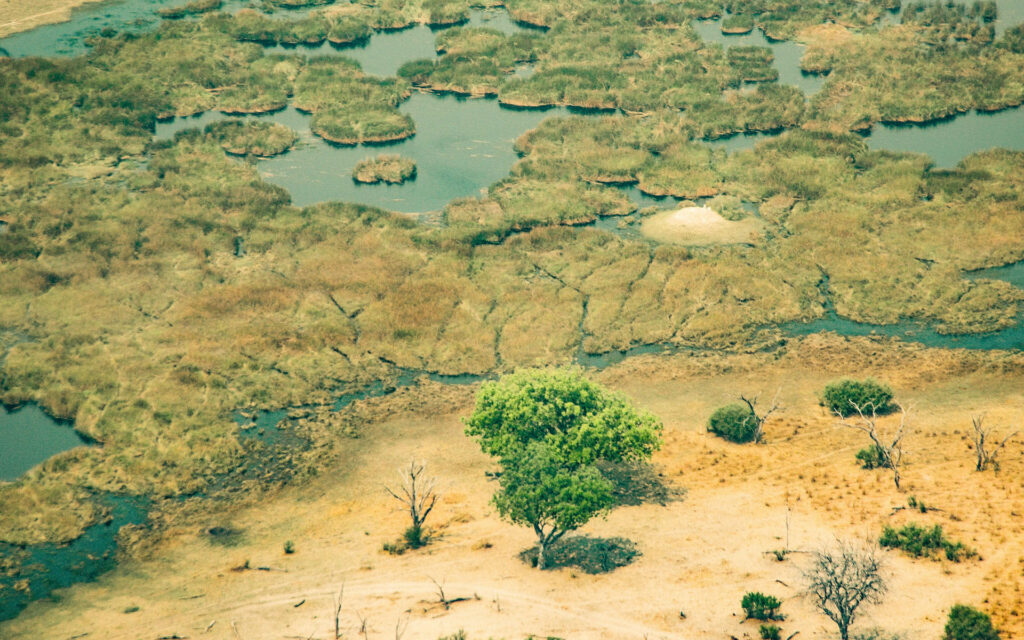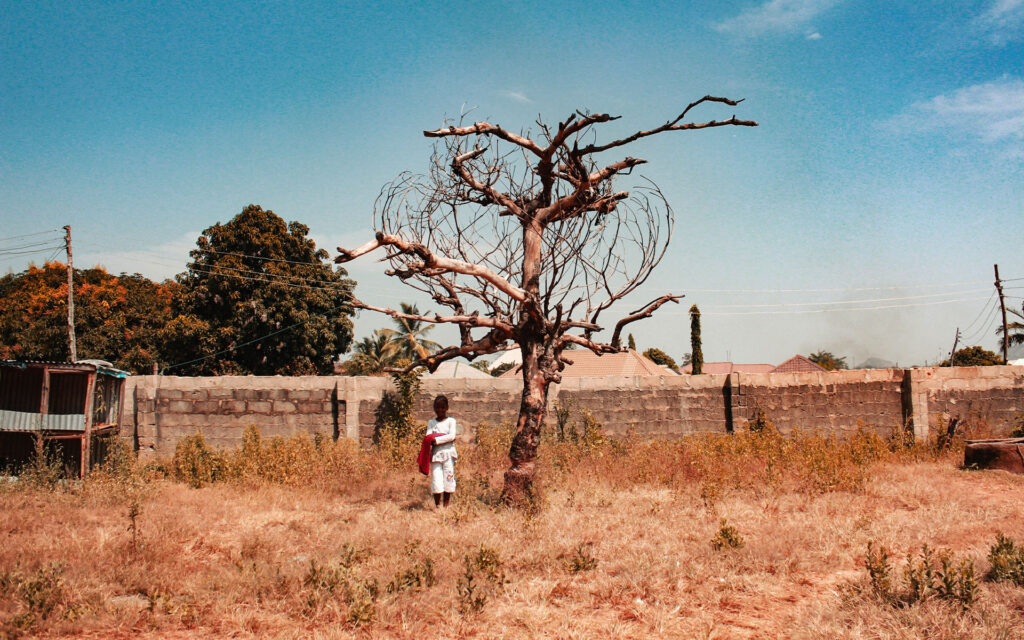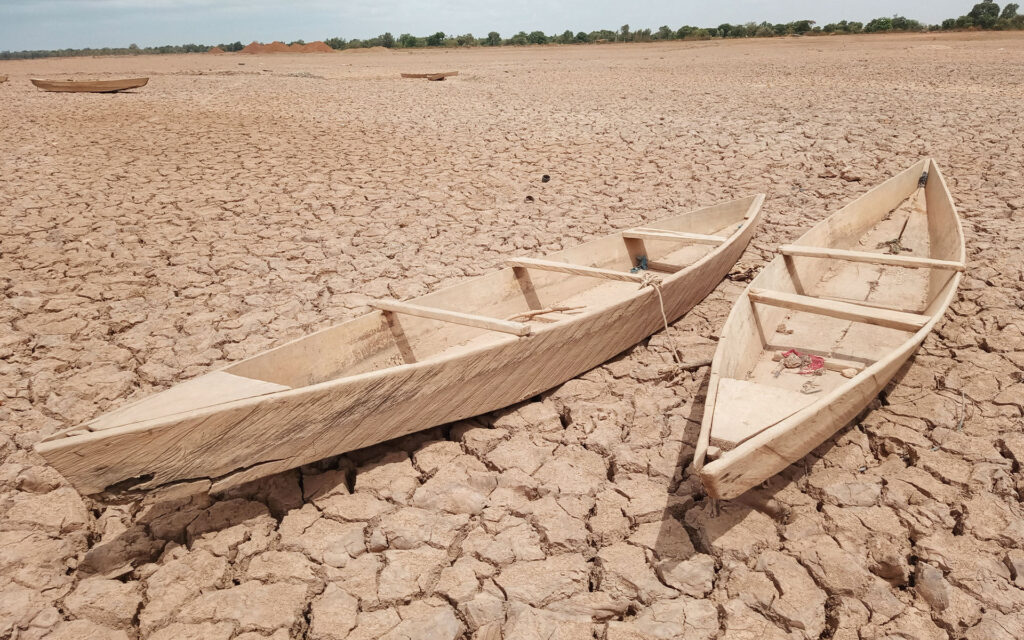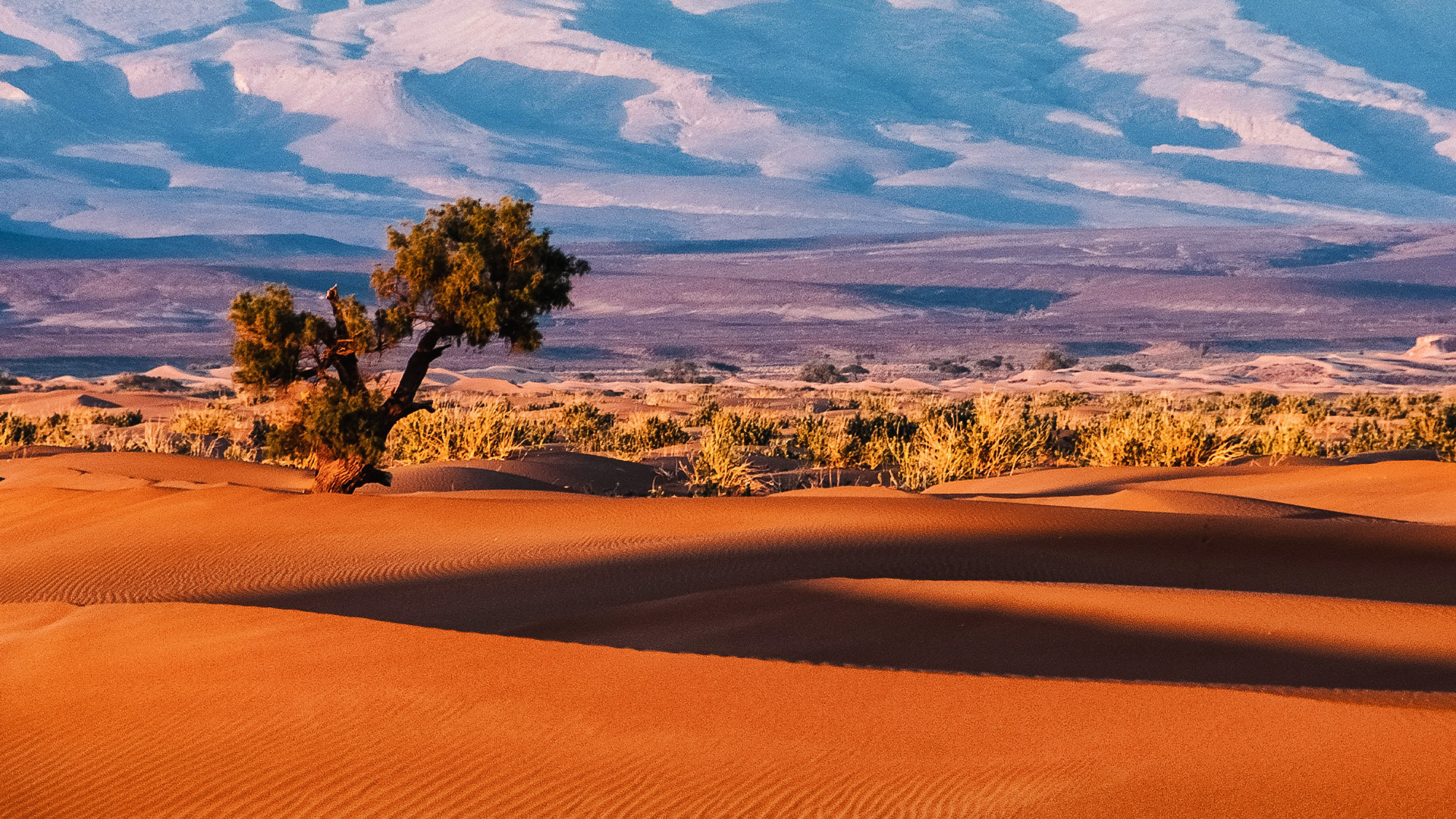Elvis Paul Tangem is the coordinator of the Great Green Wall Project (GGWSSI). The Great Green Wall aims to heal the Sahel region of Africa. The green wall is a huge project of about 780 million hectares of degraded land. It’s a green wall against desertification over an area roughly the size of Australia.
The pan-African Agency of the Great Green Wall
It was the biologist Richard St. Barbe Baker, in 1952, during an expedition to the Sahara, who first proposed a “green wall” to oppose the advance of the desert. His idea to contain the desert was to create a long tree-lined strip 50 km wide. But the program of the Great Green Wall has evolved over time. The project now involves all the countries of the Sahelo-Saharan region: Algeria, Burkina Faso, Benin, Chad, Cape Verde, Djibouti, Egypt, Ethiopia, Libya, Mali, Mauritania, Niger, Nigeria, Senegal, Somalia, Sudan, Gambia, Tunisia. It is one of the most ambitious initiatives in the world against climate change, the Great Green Wall is one of the areas most dramatically affected by the phenomenon. According to Paul Tangem: “We’re talking about a huge, huge, huge effort, but it’s the only way we can do it. There is no other option. If we don’t do it on such a massive scale, it won’t have the necessary impact.”
According to Paul Tangem: “We’re talking about a huge, huge, huge effort, but it’s the only way we can do it. There is no other option. If we don’t do it on such a massive scale, it won’t have the necessary impact

The size of the problem
Governments in the Sahel began trying to save the territory following a series of severe droughts as early as the 1970s, well before the scale of the problem was grasped. “The impact of climate change on this region has been seriously underestimated. The whole narrative talks about the Sahel not being able to take care of itself. No one is talking about the root causes of this situation, which relate to the extreme weather conditions that are driving what is happening today.” Tangem continues: “Africa is suffering a lot and the Great Green Wall is trying to provide a long-term solution to these challenges.”
Africa is suffering a lot and the Great Green Wall is trying to provide a long-term solution to these challenges
The solutions
From the initial idea of a line of trees running from east to west along the African desert, the concept of the Great Green Wall has evolved by involving populations in a series of interventions that address the challenges to which people and communities are exposed in the Sahel and Sahara. As a programmatic instrument for the development of rural areas, it has an objective. The purpose of sub-regional collaboration is to strengthen the region’s ecosystems by managing them thoughtfully and protecting rural heritage. By improving the living conditions of the population and contributing to the local economy, the Great Green Wall of the Sahara aims to be a global solution to the combined effects of natural resource depletion and drought in rural areas.

The Population
The Sahel area extends just below the Sahara Desert, from Senegal in the west to Ethiopia in the east. It is at the forefront of the impact of climate change, despite contributing only minimally to global emissions. The region, once rich in biodiversity and vegetation, now is prone to persistent and severe droughts, as well as flash floods. The Horn of Africa, for example, is suffering the worst drought in 40 years since 2020. Such conditions make farming impossible in many parts of the region. It is estimated that 135 million people depend on degraded land for their livelihoods.
Partnership
Therefore, it is an initiative that aims to improve the quality of life of millions of people through the creation of a vast system of natural and productive green landscapes, between North Africa, the Sahel and the Horn of Africa. The initiative is a collaboration that supports the efforts of local communities in the exploitation and sustainable management of forests, in the exploitation of grazing areas and in the management of other natural resources located in arid areas. The project also aims to contribute to the improvement of food security in the Sahel and Sahara. So far about $14 billion has been invested and another $20 billion will be spent by 2030 to complete the project.

The objectives
“There was an urgent need to develop a kind of pan-African initiative for sustainable land management on a large scale. The background is in ecology and conservation” says Tangem. Reforestation, land management and water conservation projects across the Sahel are intended to increase biodiversity and rainfall and reduce poverty. Tangem explains: “The main objective is to ensure sustainable and stable drylands so that people can grow in their areas, without having any reason to migrate People don’t leave for the pleasure of leaving. The livelihoods of these people, their means of survival, have been destroyed by the climate emergency.
Challenges and opportunities
At its official launch in 2007, the African Union set a target of restoring 100 million hectares of land by 2030. Sequestering about 250 million tons of carbon and creating 10 million jobs. The ambition is still valid, but progress has been hampered by funding problems, by declining political cooperation and violence in the region. A United Nations report, published in 2020, found that 18 million hectares of land have been restored. It’s only 18% of the end goal.
“I think we need to start considering the involvement of architects, landscapers and design experts. Because design is very important to the work we’re doing. Basically, we are building landscapes. And it could be essential to have the opinion of architects and engineers when we carry out these large projects” concludes Tangem. The ambitious size of the Great Green Wall certainly makes it difficult to build. But it is a really large and dynamic event where all these challenges are also accompanied by great opportunities for collaboration, sharing, and management of best practices.
To learn more: Pan-African Agency of the Great Green Wall
You may be also interested in : Exploitation of human rights in the fashion industry





